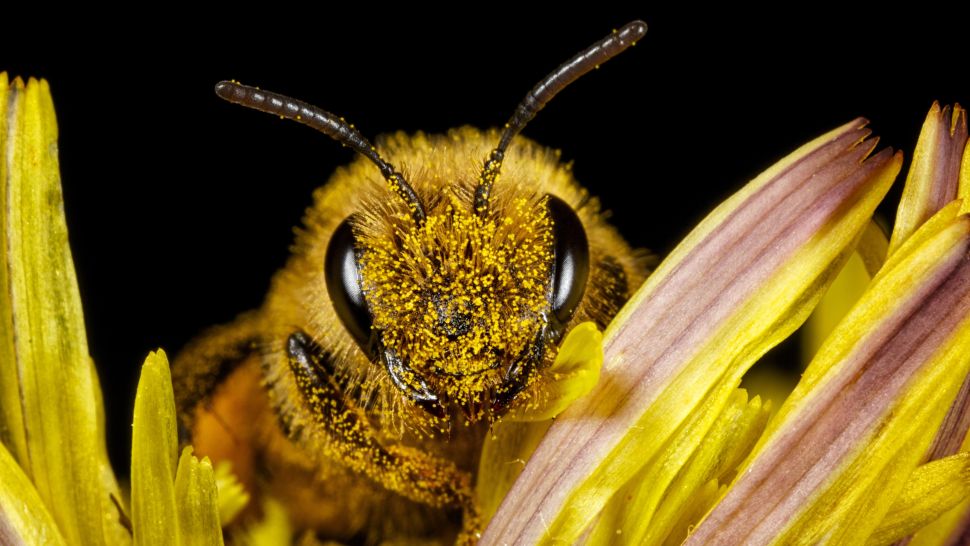Genetic Revelations: The Epic Journey of Earth’s Most Common Bee, Originating in Northern Europe 780,000 Years Ago and Expanding into East Africa and Arabia 120,000 Years Later
In a scientific twist that echoes the intrigue of a thriller, recent research challenges the long-held belief surrounding the roots of western honey bees. Published on June 9 in Scientific Reports, this study boldly suggests that the evolution of western honey bees (Apis mellifera) might have begun in the unexpected region of northern Europe.
Steve Carr, a biologist at the Memorial University of Newfoundland in Canada, expressed the revolutionary nature of this finding, stating that it “turns the standard picture on its head” and defies the traditional narrative of honey bee origins.
According to this groundbreaking analysis, western honey bees took flight from northern Europe approximately 780,000 years ago. Contrary to conventional wisdom, these bees then embarked on a journey, spreading through southeast Europe into East Africa and Arabia around 660,000 years ago, before making their way further south into sub-Saharan Africa around 192,000 years ago.
To unravel the intricate flight path of these bees across the globe, Carr conducted a meticulous DNA analysis involving 78 bees spanning 22 subspecies of the western honey bee. By examining the genetic sequences of different subspecies, Carr identified the closest genetic relatives and skillfully reconstructed the historical migration patterns of bee populations.
Comparable to a captivating narrative, the DNA sequences unfolded like chapters, revealing the bees’ origin in northern Europe and documenting the subtle genetic changes as they navigated southward. This unique scientific narrative provides a fresh and unexpected perspective on the ancient odyssey of these vital pollinators, rewriting the bee-ology script with a Nordic origin story.

In the enthralling realm of bee research, Steve Carr’s analysis stands out for its extensive exploration of subspecies and bee genomes, a distinctive strength setting it apart. Kathleen Dogantzis, a maven in honey bee genetics at York University in Canada, commends the inclusivity but differs in perspective.
While Dogantzis appreciates the rich dataset, she notes that Carr’s results echo previous studies favoring West Asia or North Africa. She asserts that discrepancies in conclusions arise from nuanced interpretations of identical data patterns rather than dismissing the extensive body of existing research.
In her view, Carr’s study offers an alternative viewpoint without discrediting established theories.
The resolution of this scientific debate, according to Dogantzis, hinges on seeking the most consistently supported explanation.
Ongoing research, especially with additional data from uncharted western honey bee subspecies, promises to bring greater clarity to the origins puzzle.
In Carr’s view, beyond the intellectual pursuit, understanding bee evolution holds tangible benefits. Bees, as honey makers, wax producers, and vital pollinators, play crucial roles.
Carr highlights the practical aspect, stating, “If we can understand how they relate to each other, that can help us pick the right ones for different tasks.” The saga of bee origins unfolds, with each study contributing to the captivating narrative of these essential pollinators.
